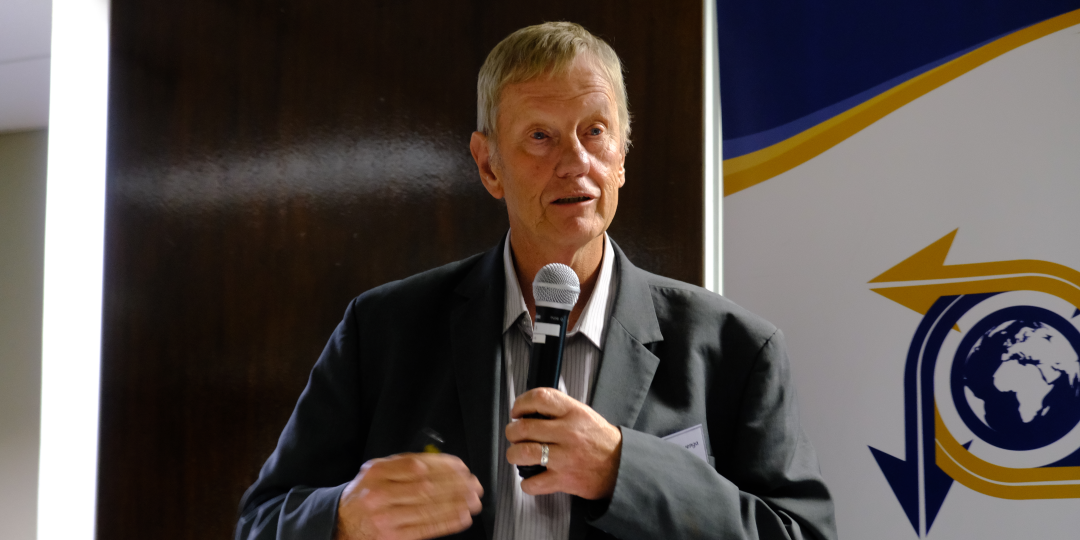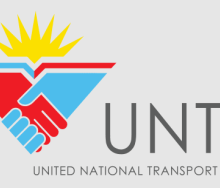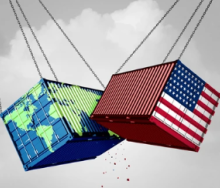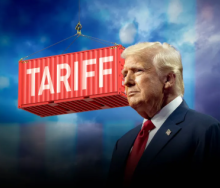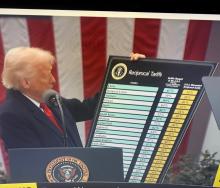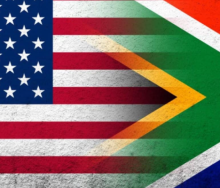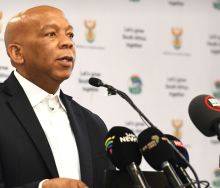Rail freight volumes have started to buck its downward trend since a number of key Transnet appointments in the latter part of 2023.
This is according to an analysis by Prof. Jan Havenga, emeritus professor of logistics at Stellenbosch University and logistics advisor to government and the World Bank.
Based on monthly cargo volumes, the continuous downard trend apparent since 2017 started shifting as of July last year, indicating that freight volumes are stabilising.
Havenga said TFR management “have stabilised [freight volume performance] and they’ve done this with great effort”.
“Russell (Baatjies, CEO of Transnet Freight Rail since March) knows how to run a railway, but he has no investment; there is no money coming in,” Havenga told members of Exporters Western Cape at its final function for 2024.
Allowing private operators on the country’s rail network is crucial to remedy this problem, and Havenga expects the new network statement, setting out the tariffs for private participation on the rail network, to still be published this year.
The initial network statement, published in March, was widely criticised for unrealistically high tariffs, but Havenga said there has been extensive public consultation all year, and he is confident that the new tariffs will be far more realistic.
Nonetheless, he expects that for the first two to three years, a maximum of 5% of rail freight in the country will be moved by private trains, meaning TFR “will still have to do the heavy lifting”.
Havenga shared some of his own history with the utility, and pointed out that the systematic destruction of the country’s rail network, what he calls South Africa’s own ‘Great Train Robbery’, started decades before State Capture.
He said general freight rail in the country has been neglected since 1976, when rail managers started devoting all their attention to the lucrative coal and iron ore rail corridors. They also did not want to work with emerging logistics providers at the time, but wanted to do everything themselves. They also failed to effectively insert general freight rail into national supply chains, which caused a decline in general freight rail volumes.
Over time, income losses from these operations were cross-subsidised from more lucrative parts of the business. This unhealthy practice continued after the establishment of Transnet, where the utility overcharged on services where it had a monopoly, such as rail coal tariffs and port levies, to plug deficits in the business.
